It could end American dependence on Russian transportation.
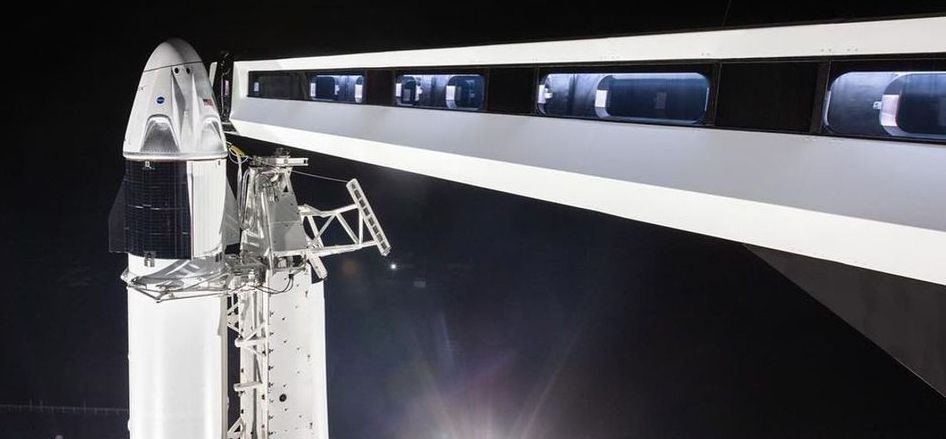



It’s as close to silence as whispers get.
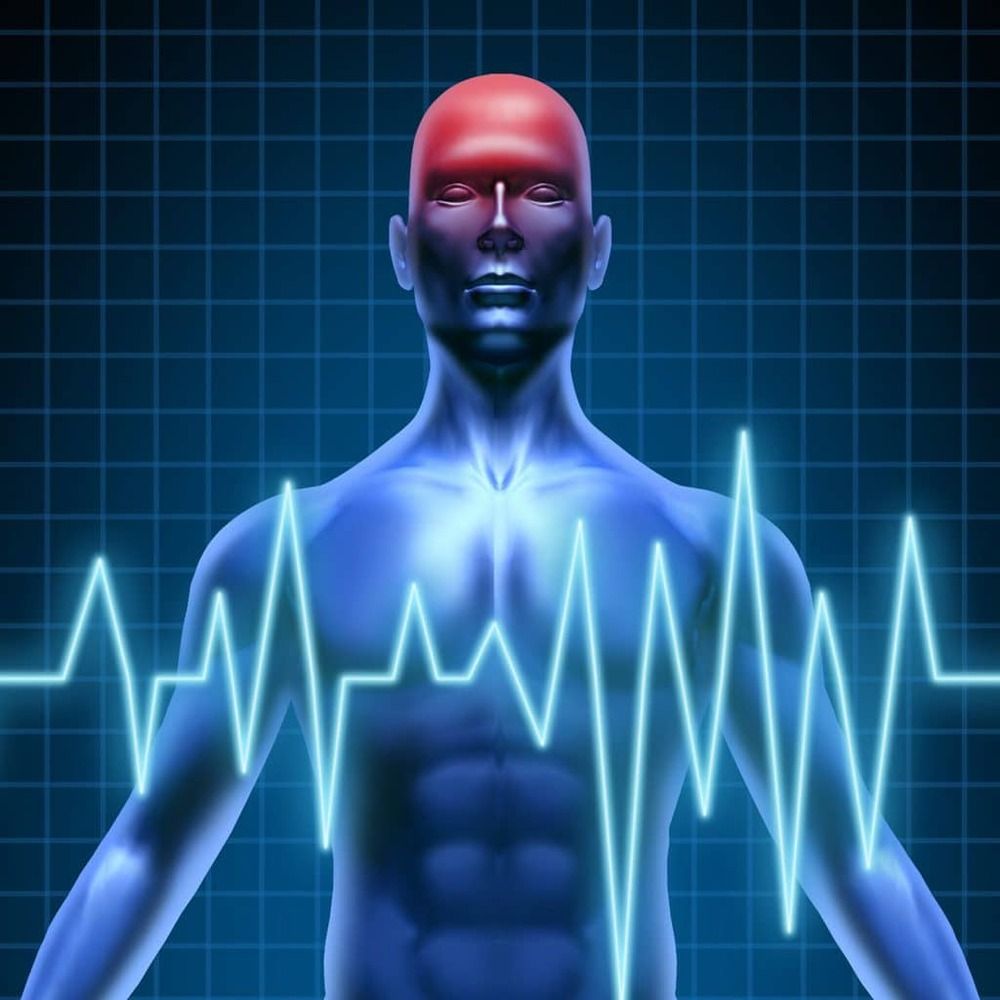
A new study has discovered that patients with high blood pressure and abnormalities in the periventricular white matter in the brain showed signs of cognitive impairment despite taking medication to lower their blood pressure.
High blood pressure has been linked to an increased risk for dementia, but what’s unclear is what kinds of subtle negative changes take place in the brain that may affect cognitive function, according to researchers. Finding new ways to detect minor types of cognitive impairment may help determine who is at risk for early-stage dementia, they noted.
In the study, researchers looked at 345 men and women with a median age of 65 who had high blood pressure.
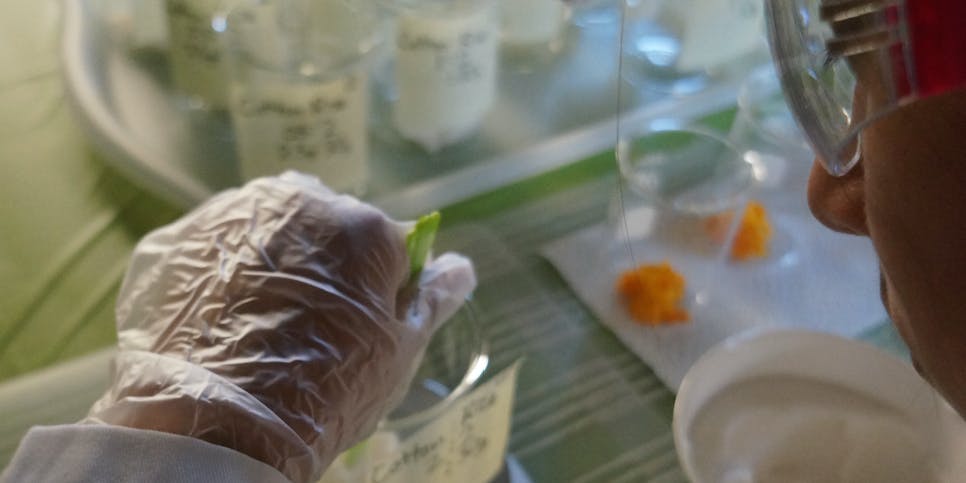
“I remember that, right when the first judge asked me their first question, everything just sort of clicked,” Prawira tells Inverse. “Everything rolled off my tongue to the point where I was talking and not really conscious of what I was saying. Everything was coming out of me, like I was born to say it.”
That science fair was one of many competitions that eventually took Prawira to the nation-wide 2018 BROADCOM Masters tournament in Washington, D.C., where she showed off her work in creating biofiber plastics, created from paper, cotton, and corn husks. About 4,000 student scientists competed in science fairs around the United States to reach that level, and this year Prawira won one of the top awards the competition has to offer.
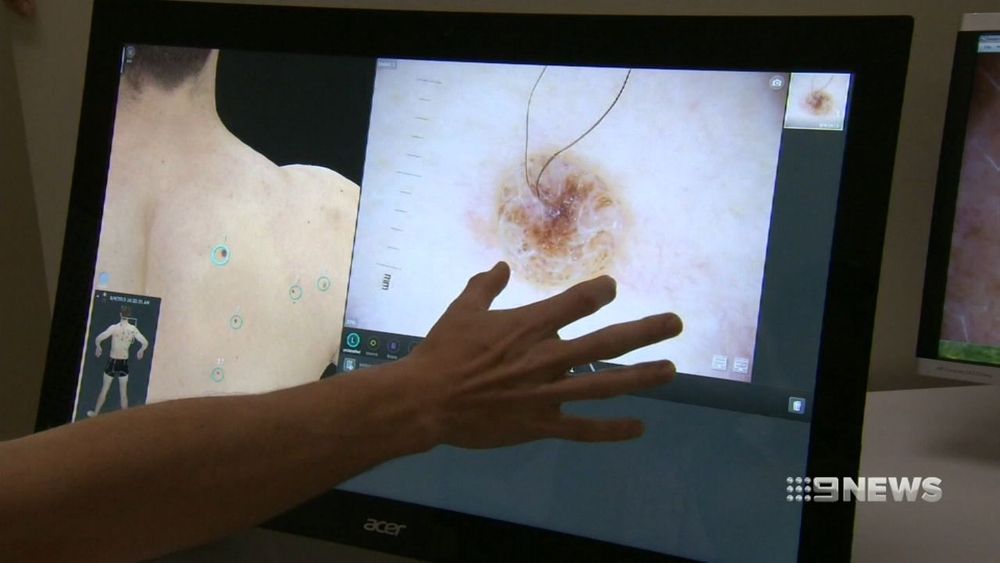
Researchers at the University of Queensland claim to be able to stop the spread and growth of the deadly ca…
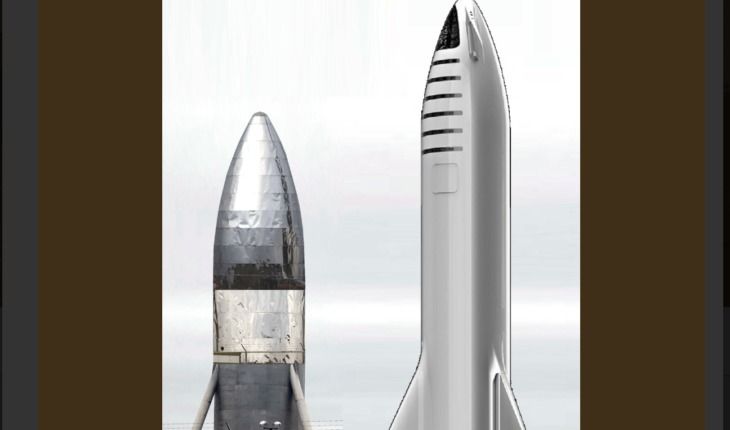
The SpaceX Starhopper seems like the fastest development of a prototype rocket outside of a wartime rocket program. The purpose of the inexpensive testing is to have the first flight tests of the new Raptor engine. Three of the engines have been placed in a row and the tests will allow control software to be tested and the throttling of the engines to be tested.
The Starhopper rocket should be stacked and welded into one piece within a few days or weeks. The Texas launch pad is still being built and is still piled dirt.
The work on the rocket and the launch pad will come together over the next 60 days and then the rocket will be moved to the launch pad for a first flight in March or April 2019.

A stroke or a “brain attack” can have life-threatening consequences just like a heart attack. However, there are some early signs of a stroke that start showing up as early as a month before it actually happens. Here are seven such symptoms—knowing them might save someone’s life.
Strokes happen when a blood vessel transporting oxygen to the brain bursts or gets obstructed by a clot. As a result, the brain doesn’t receive much oxygen and the brain cells start to die off. The functions controlled by the affected part of the brain will not be performed normally, and this will have a huge impact on health.
A stroke can manifest differently in every individual, but one thing in common is that it initiates suddenly. Read below the most common symptoms that manifest one month before a stroke, and if you are experiencing any of these, think about consulting your doctor.

And there will be increasing pressures to continue this research. We may need to accelerate the evolution of terrestrial life forms, for example, including homo sapiens, so that they carry traits and capabilities needed for life in space or even on our own changing planet.
All of this will bring up serious issues as to how we see ourselves – and behave – as a species. While the creation of multicellular organisms that are capable of sexual reproduction is still a long way off, in 2019 we will need to begin a serious debate about whether artificially evolved humans are our future, and if we should put an end to these experiments before it is too late.